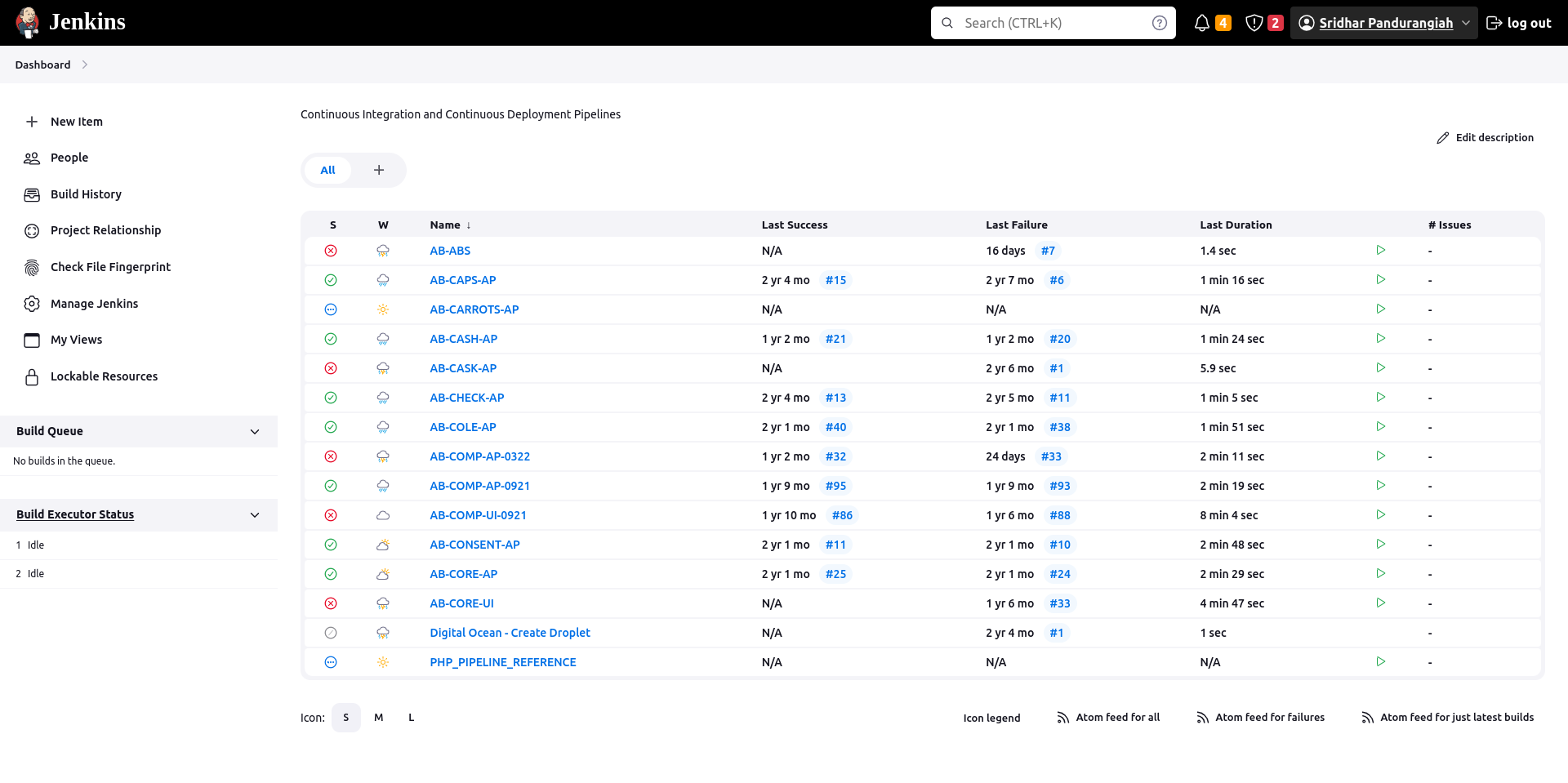Demystifying Robotic Process Automation (RPA)
People have been used to seeing Robots as physical objects with swinging arms welding the body to a vehicle chassis, or a cute looking machine waiting on customers at Japanese restaurants. The recent acronym RPA or Robotic Process Automation of the Software Industry has intrigued people outside the industry many of them who consume technology services like application programming, software and systems support etc. In this blog post we will demystify the acronym RPA.
What is RPA?
RPA or Robotic Process Automation is the process of deploying software robots to emulate human actions. These actions could be keying data, automatically running a program, transferring data, reading and understanding what is on the screen etc. These robots unlike humans do these action consistently and accurately. In teh software industry we use robots extensively in Continuous Integration and Continuous Delivery of applications
Featured Resource
Continuous Integration and Continuous Delivery (Site)
In a CICD environment developers commit code to a GIT repository. The CICD platform polls the repository for new commits and if it find one pulls the code to a workspace and runs the full test suite. If the code passes all tests the application is deployed onto production servers.
The deployment of RPA is not limited to the software technology industry alone it has a wide range of applications in varioud industries, For example in Banking and Financial Services software robots are used to:
- Process Bank statements submitted by prospective loan custmers
- Pass Vouchers and update trial balance based on trigger events
- Send automated Emails
- Send SMS and Phone Notifications
- Transfer leads from external social media to the Customer Acquisition System
- Transfer Leads from the Customer Acquisition System to the Loan Processing System
- Compute Charges
- Push Loan Applicant Data to the Field Investgators to trigger Field Investigations
- Compute compliance of an Applicant to the Eligibility and Credit Norms
- Perform an Aadhar or PAN Check for incoming applications
- Perform Credit Bureau Check for incoming applications
- Suggest suitable products based on the Applicant Profile
- Compute Risk Score of the applicant
- Suggest the Probability of default of the applicant
Featured Resource
Product Suggestions based using Robotic Process Automation (Video)
The list is not exhaustive and every day Digital Tranformation architects come up with new use cases for RPA.
The CRON Job
The Unix / Linux CRON jobs is still by far the most used RPA tool. This innocuous tool that is hidden in the deep recesses of the Unix System Resources allows those with access to run programs at a specific interval at specific times of the day or night. For example in a NBFC we could
- Process Bank statements early in the morning so that its available for credit decisioning during the day
- Pass vouchers and update the trial balance at midnight
- Push automated emails at the end of the week so that customers can read it over the weekend
The choice of the interval in whcih the CRON has to run depends on the needs of the NBFC and no one recipe fits all of them.
Task Runners
A slightly more sophisticated tool are task runners that can different kind of execute programs or actions or a combination of both. These are used currently to automate tests in the software industry. But they are not limited to running software tests. Some of the popular task runners are ANT, Grunt and Gulp.
No Code Platforms
No code platforms like IFTTT and Zapier have the capability to integrate disparate cloud applications For example An NBFC can create a lead generation form on Facebook then use one of these no code platforms to pass the leads generated onto the Customer Acquisition System.
Other Commercial Software
Commercial software like UIPath and Blue Prism offer sophisticated functionality like screen scraping of character terminals out of the box. These RPA applications come with a license fee.
Conclusion
The landscape for RPA tools is vast, from the humble CRON job to sophisticated software like UIPath the range is wide. Companies who are keen to implement RPA in their organisations should look at a bottom-up approach instead of a top-down or "Helicopter View" approach. That is they should determine the use cases that need automation. By doing this the cost and benefits of automation can be easily determined.

